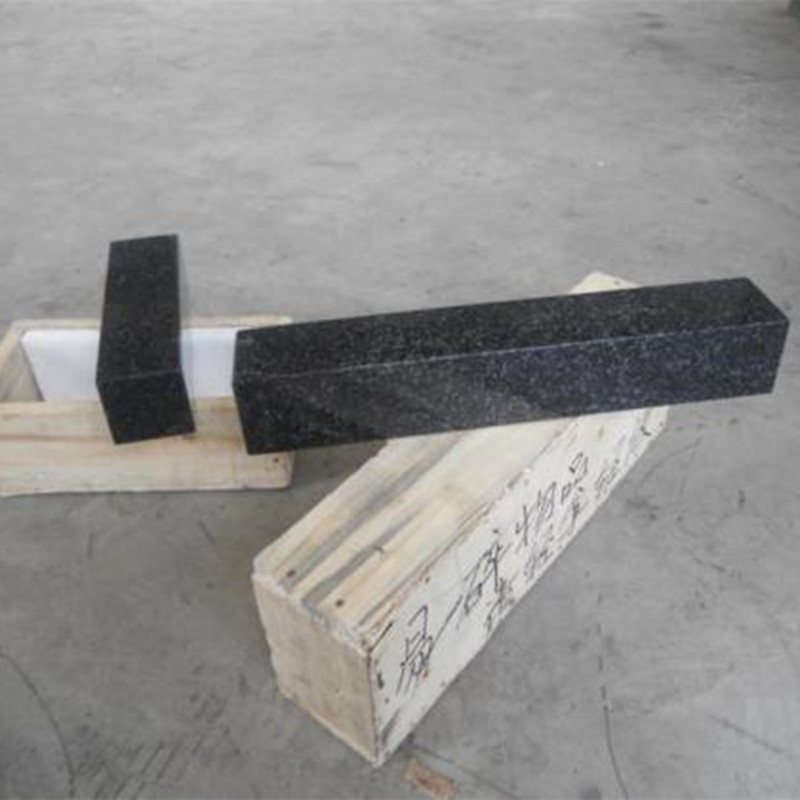12月 . 20, 2024 19:25 Back to list
Exploring Various Types of Directional Control Valves and Their Applications
Different Types of Directional Control Valves
Directional control valves play a crucial role in hydraulic and pneumatic systems by regulating the flow of fluid in various directions. These valves are essential components for controlling the operation of actuators, motors, and other equipment in industrial machinery. Understanding the different types of directional control valves can help engineers and technicians design more efficient systems. This article explores the key types of directional control valves, their functions, and applications.
1. Manual Control Valves
Manual control valves are operated by hand and are highly versatile in various applications. They often come in the form of lever-operated or knob-operated valves. These types of valves are easy to use and ideal for applications that require a manual reset or adjustment. They are commonly used in simple hydraulic systems, laboratory setups, and maintenance tasks where precise control is not critical.
2. Solenoid-Controlled Valves
Solenoid-controlled valves utilize an electromagnetic coil to control the flow of fluid. When an electrical current passes through the coil, it creates a magnetic field that shifts a plunger or armature, opening or closing the valve. These valves are popular in automation and remote-controlled systems due to their rapid response time and ability to operate without manual intervention.
These valves come in various configurations, including two-way and three-way, allowing for diverse applications in manufacturing processes, hydraulic systems, and pneumatic circuits. They can also be designed for normally closed or normally open functions, further enhancing their usability.
3. Pneumatic Directional Control Valves
Pneumatic directional control valves are specifically designed for controlling air flow in pneumatic systems. These valves often utilize spool, poppet, or rotary mechanisms to direct airflow. They come in various sizes and configurations to match the specific requirements of the pneumatic system.
different types of directional control valve

Pneumatic valves are ideal for applications like automation machinery, packaging equipment, and material handling systems. Their quick action and reliability make them suitable for environments where speed and efficiency are paramount.
4. Hydraulic Directional Control Valves
Similar to pneumatic valves, hydraulic directional control valves manage the flow of hydraulic fluid. These valves are typically constructed from durable materials to withstand high pressure environments. They often feature spool configurations, which allow for multiple flow paths and cylinder control.
Hydraulic valves find extensive applications in heavy machinery, such as excavators, forklifts, and other industrial equipment. Their robustness and ability to handle high forces make them integral to the operation of powerful machines.
5. Detent Valves
Detent valves are a specialized type of directional control valve that maintains its position when the operator releases the control input. These valves can be manual or solenoid-controlled and are used in applications where a specific position or function must remain engaged without continuous operator input.
Common applications for detent valves include clamping mechanisms in assembly lines and systems where specific functions must be sustained during operation. The ability to hold a position makes them efficient and reduces the risk of unintentional movement.
Conclusion
Directional control valves are vital components in various hydraulic and pneumatic systems, allowing for seamless operation and control of fluid movement. The different types of directional control valves, including manual, solenoid-controlled, pneumatic, hydraulic, and detent valves, each serve unique functions and applications. By understanding these variations, engineers and technicians can select the appropriate valve for specific needs, enhancing overall system performance and efficiency. With the ongoing advancements in technology, the future of directional control valves promises even greater precision and reliability, paving the way for innovative solutions in various industries.
-
thread-plug-gauge-our-promise-of-measurement-excellenceNewsAug.22,2025
-
gauge-pin-class-reflecting-quality-legacyNewsAug.22,2025
-
check-valve-types-for-high-rise-buildingsNewsAug.22,2025
-
water-control-valve-for-irrigation-systemsNewsAug.22,2025
-
gate-valve-with-soft-seal-technologyNewsAug.22,2025
-
y-type-strainer-for-oil-and-gas-applicationsNewsAug.22,2025
Related PRODUCTS









